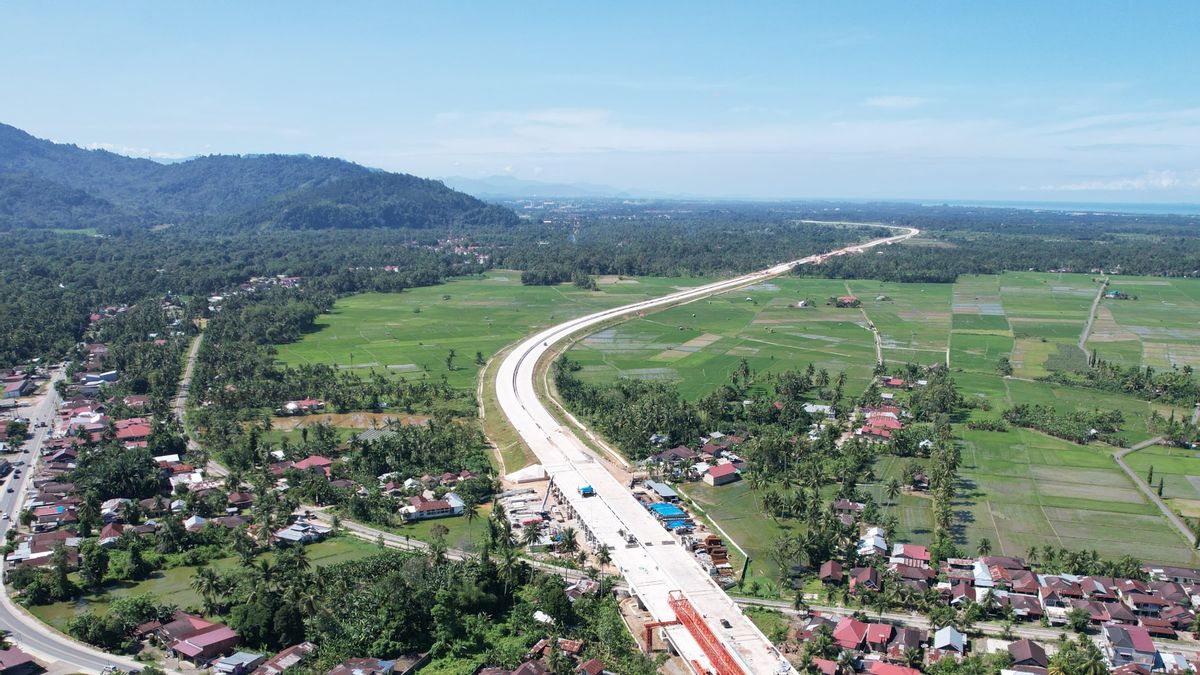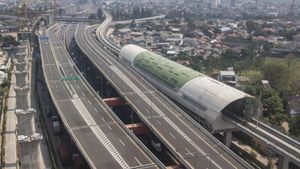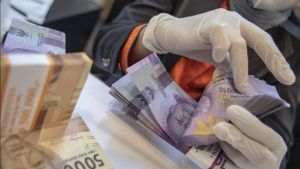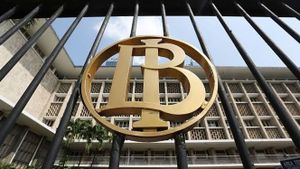JAKARTA - A total of 450,000 plants have already graced the landscape of the Indonesian toll road.
This was as quoted from the official website of the Toll Road Regulatory Agency (BPJT) of the Ministry of Public Works and Public Housing (PUPR) on Wednesday, July 17.
Planting trees on toll roads is a form of protecting the environment and being sustainable. In addition to being aesthetically beautiful, planting trees also aims to reduce air pollution, increase water absorption and wind solvers to reduce the effect of the wind on motorists.
Then, the silau barrier from opposite-way vehicles, withstands collisions and reduces fatality in the event of an accident and maintains the balance of the ecological system.
SEE ALSO:
Of the total 450,000 plants, here are the four types of plants that most decorate Indonesia's toll roads:
1. Bougenville Varigata Merah (154,360 plants)
This plant is widely grown on the Bali-Mandara Toll Road, Jagorawi Toll Road, Prof. Dr. lr. Sedyatmo and JORR-S Toll Roads.
2. Trembesi (41,662 plants)
This tree is planted a lot on the Cikampek-Palimanan Toll Road, Semarang-Batang Toll Road, Ngawi-Kertosono Toll Road, and Surabaya-Mojokerto Toll Road.
3. Tabebuya (31,058 plants)
This tree is planted a lot on the Gempol-Pasuruan Toll Road, Becakayu Toll Road and Tanjung Priok Access Toll Road.
4. Pucuk Merah (22,488 plants)
This tree is planted a lot on the North JORR W2 Toll Road for the Ulujami-Kebon Jeruk section, the Solo-Ngawi Toll Road and the Medan-Binjai Toll Road.
The English, Chinese, Japanese, Arabic, and French versions are automatically generated by the AI. So there may still be inaccuracies in translating, please always see Indonesian as our main language. (system supported by DigitalSiber.id)
















